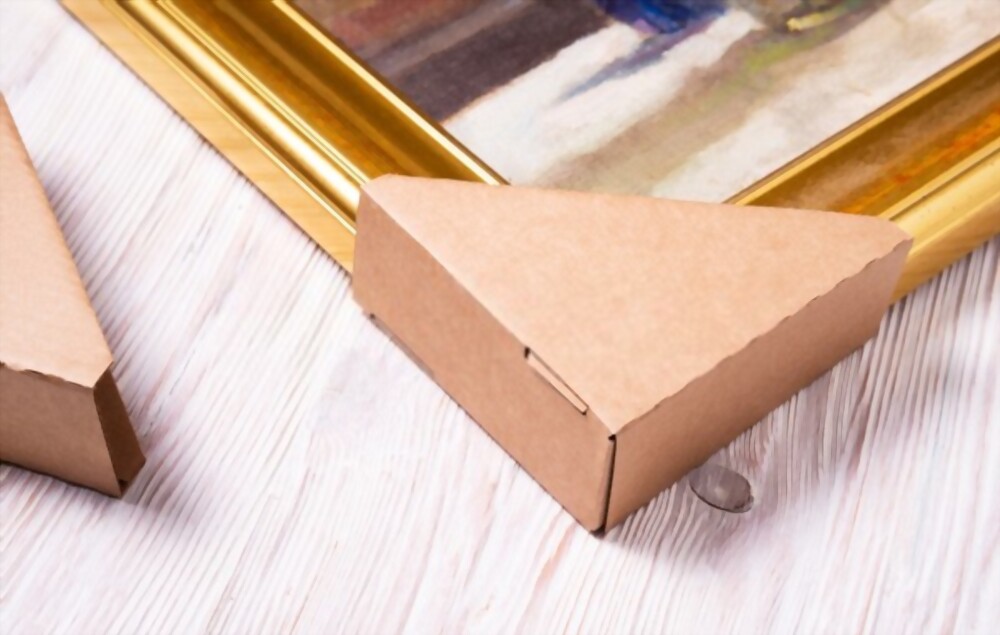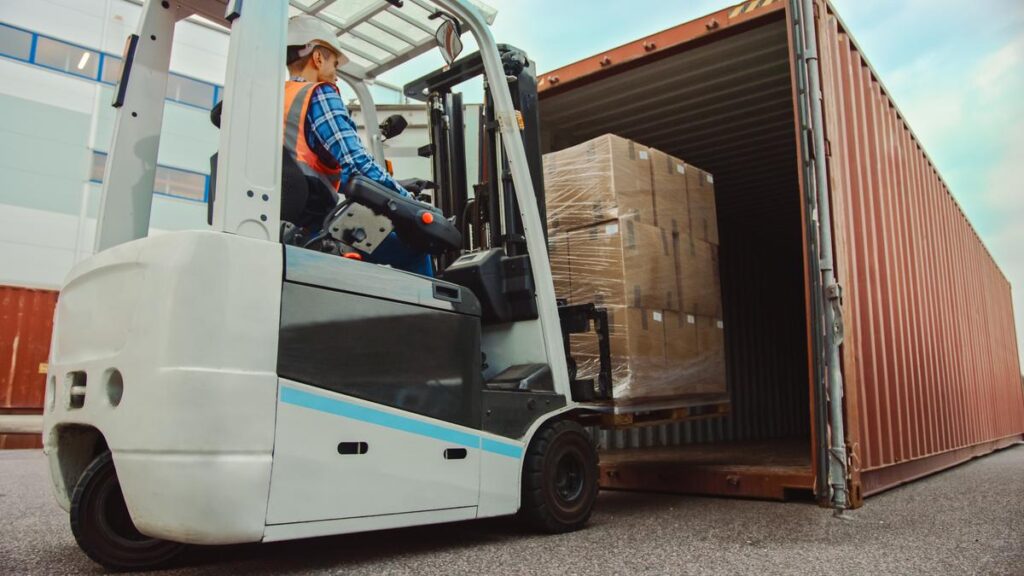This article is going to talk about what are the best practices for packing art for shipping. let’s dive into the details.
Shipping artwork can be a stressful process, but with the right techniques, you can minimize the risk of damage during transit. Whether you’re an artist shipping your work or an art collector sending pieces to a gallery, following these best practices will help protect your art and give you peace of mind.
Importance of Proper Art Packing
Proper art packing is essential to safeguard artwork from potential risks such as impact, moisture, and temperature changes. A well-packed artwork minimizes the chances of damage during handling and transportation.
Choosing the Right Packing Materials
To ensure the safety of your art, it’s crucial to select the appropriate packing materials. Here are three key components to consider:
Protective Wrapping

Start by wrapping the artwork with acid-free tissue paper or glassine to prevent direct contact with any other materials. This protective layer acts as a barrier against moisture and keeps the artwork surface safe.
Cushioning Materials
Next, choose cushioning materials such as bubble wrap, foam sheets, or foam corner protectors. These materials provide an additional layer of protection and absorb shocks during transit.
Packaging Tape
Use high-quality packaging tape to secure the protective wrapping and cushioning materials in place. Make sure the tape does not come into direct contact with the artwork.
Securing the Artwork for Shipping
To prevent shifting and potential damage, secure the artwork within the packaging using the following techniques:
Reinforcing Corners

Place corner protectors or additional layers of foam at the corners of the artwork. This reinforcement helps absorb any impact that may occur during handling.
Inner Packaging Protection
Ensure that the artwork is snugly packed within the box or crate. Fill any empty spaces with additional cushioning materials to prevent movement.
3.3 Outer Packaging Protection
Choose a sturdy and appropriately sized box or crate that provides ample protection for the artwork. Reinforce the edges with packaging tape and label the package as fragile.
Labeling and Documentation
Proper labeling and documentation are essential for efficient shipping and handling. Mark the package as fragile and include handling instructions. It’s also crucial to prepare detailed documentation, including a packing list and any necessary customs forms if shipping internationally.
Handling Fragile and Valuable Art
If you’re dealing with particularly fragile or valuable artwork, consider seeking professional assistance. Art handling professionals have the expertise to handle delicate pieces and ensure their safe transport.
Choosing the Right Shipping Method
Selecting the appropriate shipping method is vital to the safe delivery of your artwork. Consider the following options:
Fine Art Shipping Companies

Fine art shipping companies specialize in handling delicate and valuable artwork. They have the necessary experience and equipment to transport art safely, often offering specialized packaging and climate-controlled transportation.
DIY Shipping
If you choose to handle shipping yourself, ensure that you are well informed about the required protocols and use the appropriate materials. Be mindful of the transit route, climate conditions, and any potential risks along the way.
Insurance Coverage
Before shipping your artwork, consider obtaining insurance coverage. This provides financial protection in case of any unforeseen events or damage during transit. Consult with your insurance provider to understand the coverage options available.
Storing and Transporting Artwork

When not in transit, proper storage and transportation are crucial to preserving the condition of your artwork. Ensure that the storage area is clean, dry, and free from temperature and humidity fluctuations. If transporting artwork for exhibitions or events, follow the same best practices mentioned above.
Conclusion
Shipping art requires careful attention to detail and adherence to best practices. By choosing the right materials, securing the artwork properly, selecting the appropriate shipping method, and considering insurance coverage, you can ensure the safe arrival of your artwork at its destination.
FAQs
1. How can I protect delicate sculptures during shipping?
To protect delicate sculptures, use a combination of cushioning materials like foam, bubble wrap, and cardboard boxes. Secure fragile parts with padding, and consider using custom-built crates for added protection.
2. Are there any special requirements for shipping internationally?
When shipping art internationally, you may need to provide additional documentation such as customs forms and certificates of authenticity. It’s important to research the specific requirements of the destination country.
3. Is it necessary to use professional art shipping services?
While professional art shipping services provide expertise and specialized handling, you can also ship artwork yourself by following the recommended best practices. Consider your specific needs, the value of the artwork, and the level of risk involved.
4. What if my artwork is too large for standard packaging materials?
For oversized artwork, you may need to create custom packaging solutions or consult with art handling professionals who can provide appropriate crates and specialized transport options.
5. How should I handle artwork with delicate frames?
When shipping art with delicate frames, use protective materials such as foam or bubble wrap to cushion the frame. Reinforce the corners and ensure that the frame is securely fixed within the packaging to prevent movement.



